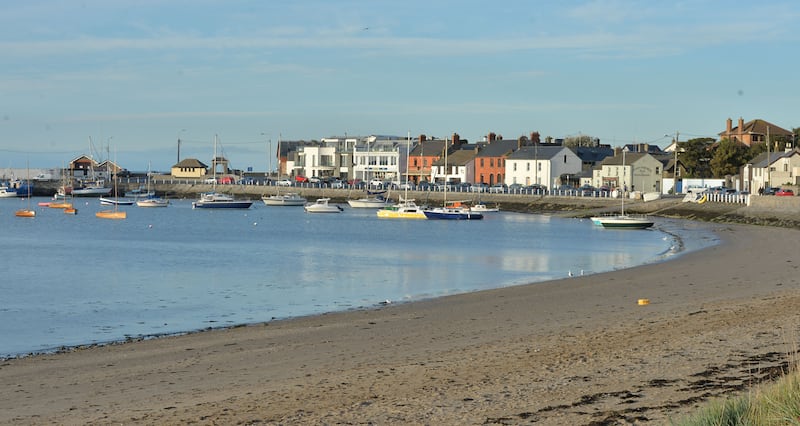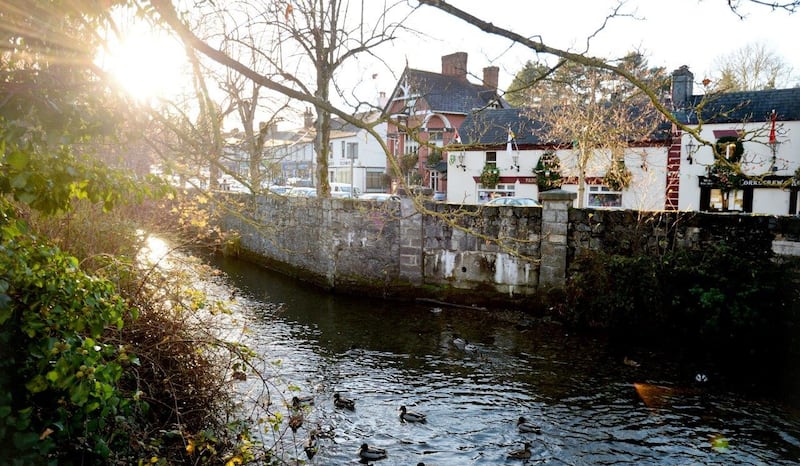With the dire shortage of housing in the capital an almost daily staple of news reports, and the economic recovery a reality, surely 2018 will be the year when it all falls into place and supply finally begins to meet unprecedented demand.
Our regional breakdown of more than 140 new homes schemes launching, or rolling out new phases, in Dublin and its environs in the next 12 months would certainly suggest a marked increase in output. But closer inspection indicates that the numbers are still not adding up.
ESB connections have increased by around 26 per cent and commencement notices are up almost 50 per cent, but this is still only adding up to a potential delivery of about 21,000 new homes in 2018.





It is generally accepted that this figure amounts to less than half of what is actually required to meet demand and population growth expectations.
The drip feed of new homes to the market will improve slightly this year but the flow that’s needed to service a normal, functioning property market is still not there. While last year saw new homes sales across 100 sites, the volume of units being released to the market remains low.
In mid-2017 the approval process for large-scale planning permission applications was taken out of the hands of local councils and given directly to An Bord Pleanála in a move to fast track new builds. Towards the end of the year Minister for Housing Eoghan Murphy declared the move a success when he noted that developers had sought planning for more than 11,000 units under the new fast-track system. However last week's refusal by An Bord Pleanála of planning for the next phase of one of south county Dublin's biggest residential schemes, Clay Farm in Leopardstown, is a salutary reminder that the process may have been accelerated but there is still no guarantee that plans will convert to actual homes.
‘Phased approach’
A glance at our New Homes listing shows relatively small numbers of homes being launched per scheme. The cynical analysis suggests that developers are happy to ride the upward wave of property prices, and adopt a “phased approach” to new homes production. After all why sell 100 homes now, when prices are rising by 11-12 per cent annually?
The asking prices for most new homes and apartments coming on stream are substantially higher than the €320,000 limit being offered to eligible candidates
The construction industry would argue that prohibitive building costs (to comply with stringent building regulations) and limited access to funding are the stumbling blocks to large-scale production.
The upshot of it all is that even with the assistance of the help-to-buy scheme and the Government’s newly announced mortgage assistance scheme for first-time buyers within certain earning brackets, the prospect of being able to buy a new home in Dublin remains slim.
The asking prices for most new homes and apartments coming on stream are substantially higher than the €320,000 limit being offered to eligible candidates. The leafier locations within the city and south city environs are already seeing plenty of demand from well-heeled downsizers and buyers assisted with cash from the bank of mum and dad. Big developers such as Cairn continue to service this market and expect plenty more high-end apartment schemes to come on stream from the substantial RTÉ site in Donnybrook, to the Blakes and Esmonde Motors site in Stillorgan village where Cairn has just applied to build nearly 300 units in blocks rising to nine storeys.
The biggest increase in activity this year is likely to be in the market for two-, three- and four-bed homes at the north and south city limits and into commuter counties such as Meath, Kildare, Wicklow and Louth. Expect many of the applicants under the new mortgage assistance scheme to target their money towards these areas.
It is inevitable that the Government's housing policy failures will eventually come home to roost
New pressures
The net effect is that prices will be driven upwards on foot of added demand, and new pressures will be placed on these areas to deliver adequate infrastructure supports to meet population growth. Despite its almost entire reliance on the private sector to deliver us out of the property crisis, it is inevitable that the Government’s housing policy failures will eventually come home to roost.
With apartments accounting for just 12 per cent of all our housing stock, progress to increase housing density in line with our EU neighbours (the EU average is 50 per cent) is slow. Availability of land for development is an inhibiting factor, and it was envisaged the vacant site levy might address this. However the failure by two Dublin local authorities to list any properties on the register of vacant sites set up a year ago is indicative of a lack of will to enforce the levy on property owners who fail to develop prime housing land.
Meanwhile some of the most ambitious developments in prime locations around the city are by real estate funds operating managed rental blocks. Kennedy Wilson, Hines and IRES Reit are just three of the major investment funds mopping up much of the exciting large-scale development in the city currently. Much of the development is for offices rather than apartments, and the residential units will be primarily only available to rent.












